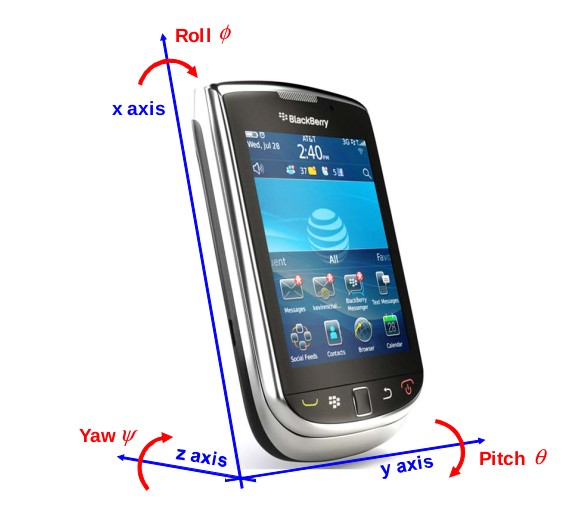Accelerometer sensor for perfect up-right posture

RAM-1 device uses has a built-in accelerometer sensor for device’s inclination status indication which serves to alert false installation or any physical damages during device’s lifetime. Furthermore, with proper use also the status on high constructions (power grid pylons, wind turbines, railway grid, telecommunication gateways, skyscrapers, high chimneys, cranes, …) inclination can be assessed as well as movement of the high constructions caused by severe weather conditions such as high-speed wind etc.
An accelerometer measures proper acceleration, which is the acceleration it experiences relative to freefall and is the acceleration felt by people and objects.] Put another way, at any point in spacetime the equivalence principle guarantees the existence of a local inertial frame, and an accelerometer measures the acceleration relative to that frame. Such accelerations are popularly denoted g-force; i.e., in comparison to standard gravity.
An accelerometer at rest relative to the Earth’s surface will indicate approximately 1 g upwards because the Earth’s surface exerts a normal force upwards relative to the local inertial frame (the frame of a freely falling object near the surface). To obtain the acceleration due to motion with respect to the Earth, this “gravity offset” must be subtracted and corrections made for effects caused by the Earth’s rotation relative to the inertial frame.
Conceptually, an accelerometer is a damped mass, a proof mass, on a spring. When the accelerometer experiences an acceleration, the mass is moved to the point that the spring can push (accelerate) the mass at the same speed as the casing. The measurement of the spring’s compression measures the acceleration. The system is damped so that oscillations (wiggles) of the mass and spring do not affect the needed measurements.